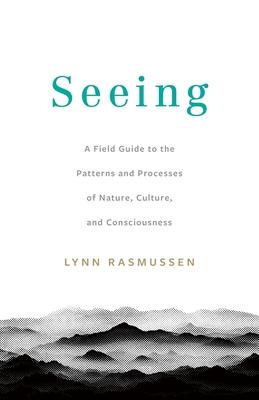A new science is emerging in this century. Systems science, also called complexity science, describes how everything, from an atom to a brain to the Universe, is made up of the same patterns. For 14 billion years, Nature's systems have organized themselves using networks, boundaries, bonds, flows, feedback, cycles, evolution, and more. Understand how Nature's complex systems work generally and we can better organize ourselves. Seeing is the first field guide to these patterns and processes.
Systems theorist and researcher Lynn Rasmussen distills the work of hundreds of scientists, theorists, and systems thinkers down to the essentials. Thanks to its straightforward text and illustrations, readers at all levels easily grasp 19 core "system processes."
Seeing illustrates how these newfound patterns work in everyday life. A child's tantrum is an amplifying feedback loop and a parent's soothing is balancing feedback. In an organization, 20% of the people doing 80% of the work illustrates a power-law distribution. One link connecting two nodes in different networks causes information, viruses, and forest fires to leap and rapidly spread.
Take it a bit deeper and you begin to see how Western twentieth-century reasoning is dominated by division. To understand something, we break it into parts. Dividing the world into economics, politics, and religions, the human from the natural, and mind from spirit also divides us and leads to environmental, social, and personal crises.
Seeing illuminates another way. By asking the same questions of every kind of system-Is it a network? Is it made up of networks? What are its boundaries? Inputs? Outputs? How does it adapt and evolve through time?-new possibilities appear. Former logic seems archaic. Seeing reveals the power of this new metascience to transcend and synthesize, expand our perception, and bring us together.
